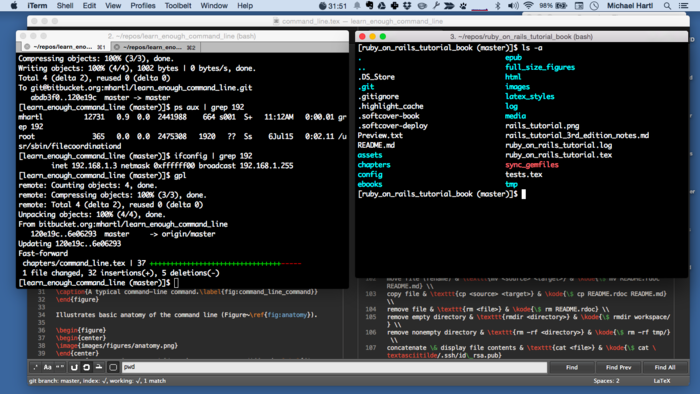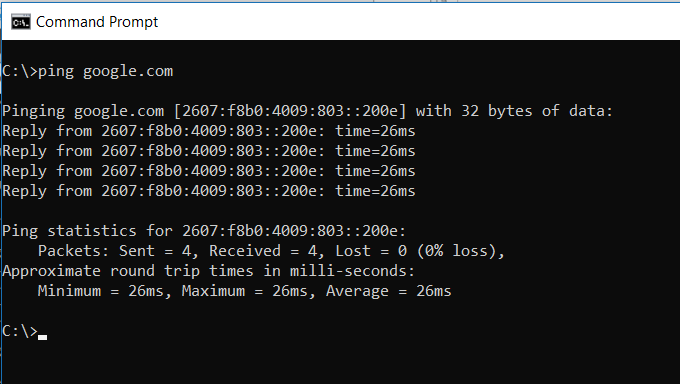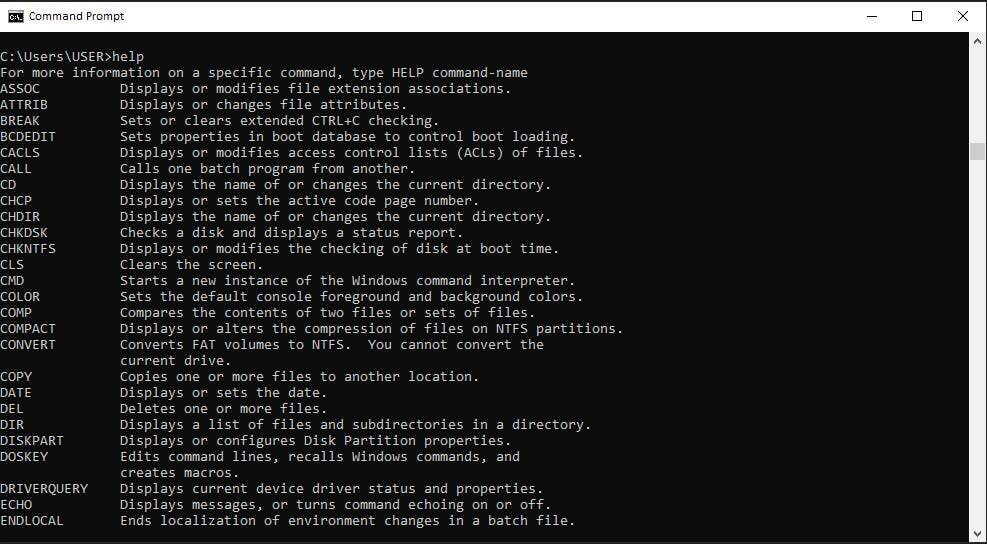

- #SIMPLE COMMAND PROMPT COMMANDS SOFTWARE FOR PC#
- #SIMPLE COMMAND PROMPT COMMANDS MANUAL#
- #SIMPLE COMMAND PROMPT COMMANDS CODE#
- #SIMPLE COMMAND PROMPT COMMANDS PC#
- #SIMPLE COMMAND PROMPT COMMANDS SERIES#
#SIMPLE COMMAND PROMPT COMMANDS PC#
#SIMPLE COMMAND PROMPT COMMANDS SOFTWARE FOR PC#
#SIMPLE COMMAND PROMPT COMMANDS CODE#
Upon inserting the code EXPLORER on your command prompt, the PC will open up a Windows Explorer window automatically. ERASEĪ lot like the DEL command, the ERASE command is used to delete one or more files currently stored in your PC. Upon inserting DISKPART, you’ll be able to easily manage your computer’s HD. If you think your computer is performing poorly, with slow downs and such, it might be a good idea to type DIRUSE on the command prompt to verify how the disk is currently being used.

The DIR command might be really useful in certain situation, since it can be used to list all the files and folders of your PC. This command is used to delete one or more users that are stored in your PC. DELPROFĭELPROF works a little bit differently than the entry right above. Upon using this simple command on your prompt, you’ll be able to easily delete one or more files from your PC. With this command, you’ll be able to visualize and adjust the date and time of your computer. With the CMDKEY code, you’ll be able to manage the multiple users and passwords that you have stored in your PC. Useful for saving space, in case you are in dire need of some! 9. The COMPRESS command is very simple and does exactly what the name suggests: it compresses files. Using this command will simply allow you to change the colors of your command prompt.

Upon typing the COPY command, you’ll be able to copy one or more files to another destination in your PC.

This can be used with flash drives and external HDs. With this command, you’ll be able to easily convert a FAT device to NTFS. Inserting this code on the command prompt will make it so your PC will completely erase all temporary files and whatever is in your recycle bin automatically. Useful at any given time, but especially useful when you are going for a fresh install. Upon using this command, you’ll check your HD to try and find any problems that might be hindering its performance. Just type it out on the command prompt and press Enter. With this simple command, you may change certain permissions given to your files. Messing with the boot menu might have consequences you won’t be able to deal with. Make sure you know what you are doing, though. Upon inserting this code on your command prompt, you’ll be able to easily edit the booting settings of your PC. Did you like these command prompt codes?.You never know when it might come in handy.
#SIMPLE COMMAND PROMPT COMMANDS MANUAL#
However, learning to use a command-line interface is kind of like learning to drive a car with a manual transmission. This means you don't have to learn any special commands in order to use the computer. Fortunately, most operating systems now use a graphical user interface GUI as their main way of requesting input from the user. Therefore, knowledge of some basic commands is required to use a command-line interface. Since a command prompt requires specific input, it is basically useless if you don't know the syntax of the command you want to enter. While the "cd" command is the same in both DOS and Unix, many other commands have different syntax. There are dozens of other commands that a user can type, which can be used to list, move, delete, and copy files, run programs, or perform other operations. The tilde (~) indicates the current directory is the user's home folder.Ī user can type commands at the command prompt, such as cd /, which means "change directory to the root folder." The "cd" command allows the user to browse through different directories of files on a hard disk or network. In Unix, the prompt may be ~ user$, where "user" is the name of the current user. For example, the default prompt in DOS may be C:\, which indicates the user is working at the root level of the main C: drive. The command prompt is often preceded by the current directory of the system the user is working with. It other words, it prompts the user for a command (hence the name).
#SIMPLE COMMAND PROMPT COMMANDS SERIES#
It is a symbol or series of characters at the beginning of a line that indicates the system is ready to receive input. A command prompt is used in a text-based or "command-line" interface, such as a Unix terminal or a DOS shell.


 0 kommentar(er)
0 kommentar(er)
